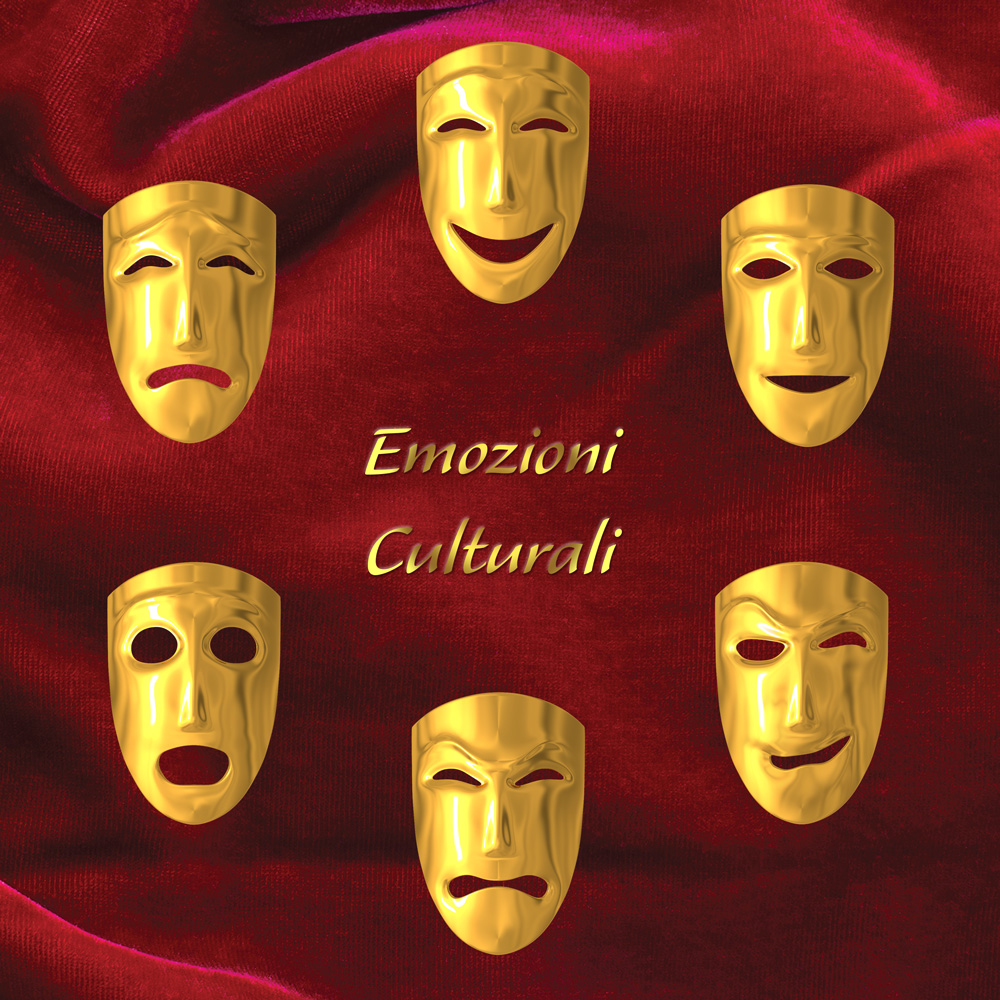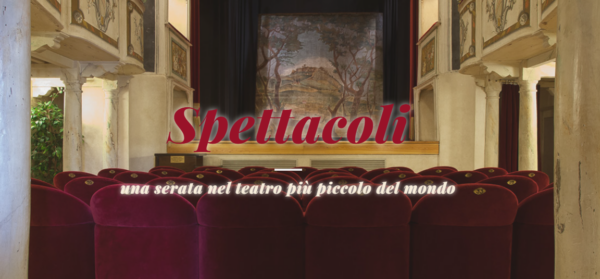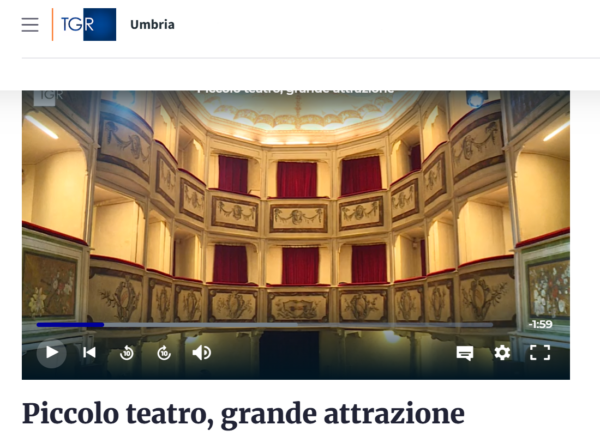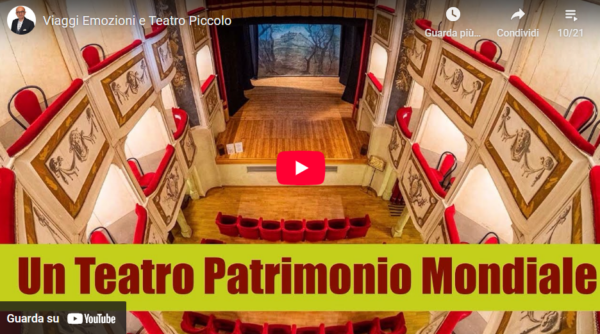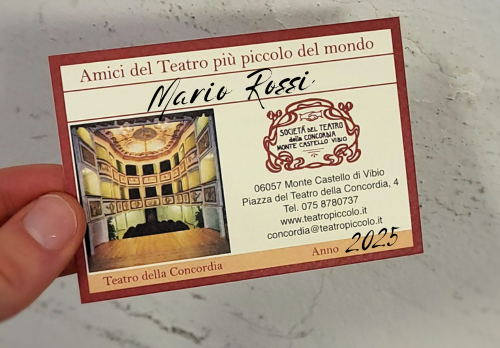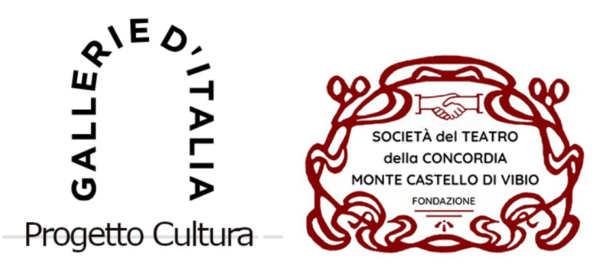The emotions are the signal that there has been a change in the perception of our inner or outer world. hey can be triggered by internal and external events.
Art is a powerful means of bringing forth content, of connecting with one's personal inner universe.
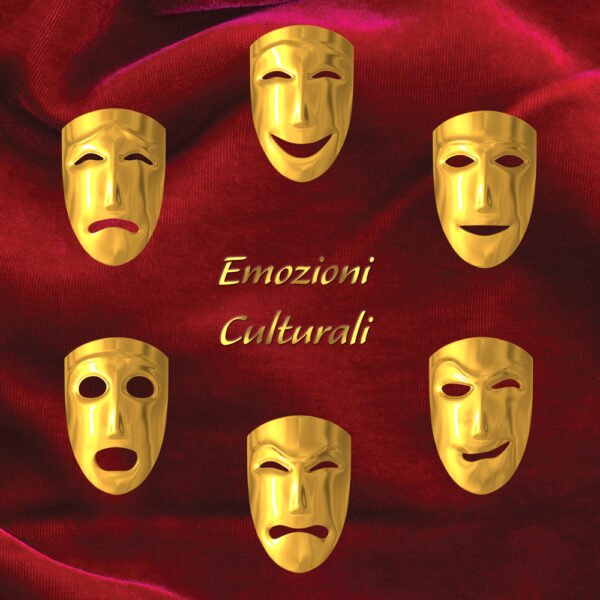
It acquires a value linked to one's identity, to the personal historical memory that assimilates with that of a place or a work of art.
The purpose of cultural places is not only to preserve but also to communicate and disseminate culture.
The word edutainment, as integration of education (=apprendimento)and entertainment (= carattere di intrattenimento ludicofor the first time, it was used shortly after the end of World War II by Walt Disney Productions for a series of mini documentaries on nature, worthy of several Oscar statuettes.
Digital tools, as much as artistic mediation, enable the shared co-creation of new models for experiencing cultural phenomena. In this way, cultural experiences benefit from additional content produced during the experience itself and integrated into it.
The arts create cohesion and well-being, reducing the cost of medical services, as evidenced by the quarterly journal 2/2017 of the Association for the Economics of Culture, elucidating how "art is both a physical and symbolic space of sharing when it presents processes of research, expression, and communication capable of activating physical, intellectual, emotional, and sensory resources useful for materializing, in aesthetic form, the inner world and experiences of both the creator and the audience". Specifically, narrative theory suggests that at the moment when each of us tells our own stories, evoked by reading a passage, viewing an object, or listening to other stories, then, it creates and recreates itself .based on the personal need that is more prominent in that moment compared to other needs, and of which one might not be consciously aware (a relational conflict, a communication difficulty, or a decision-making challenge). In this way, the counseling approach becomes brief and solution-focused.



